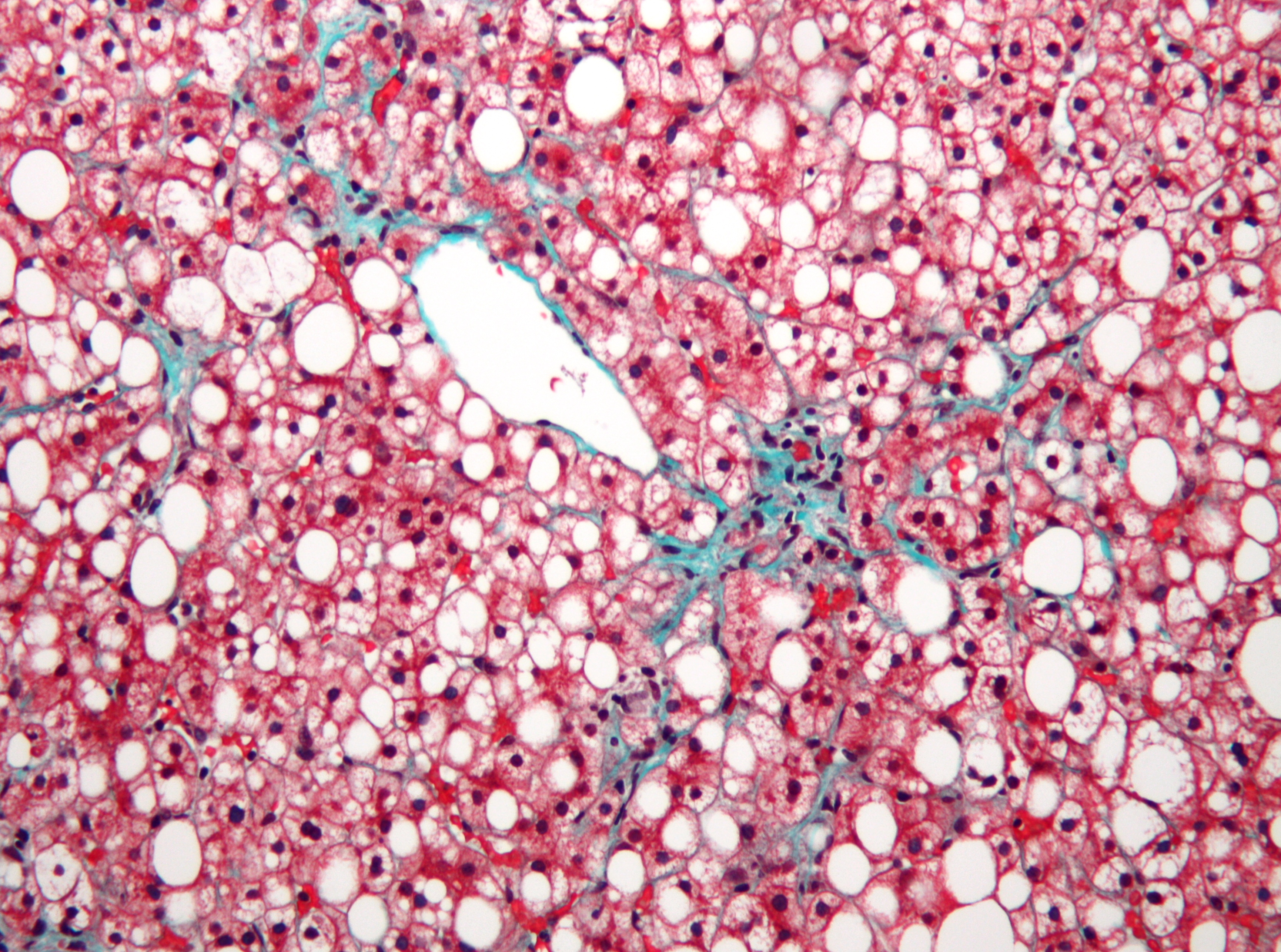Hepatitis C Treatment Cost and Nutrition Part 10
The overall catabolic state of many intensively sofosbuvir treatment treated patients who receive TPN may not be adequately reversed. Recommendations for TPN use in pediatric oncology patients include using TPN formulas containing glutamine to stimulate anabolism and TPN timing cycles. A 1993 study analyzing the cost of TPN for an average of 16.15 days before and after surgery reached $3,921 in total. Hep C Treatment Cost.

Crucial to the decision-making process for the initiation of TPN is the determination if enteral feeding can supply the totality of nutritional needs for a specific patient. If the answer is no, then TPN often provides the interim and, inhttps://upload.wikimedia.org/wikipedia/commons/8/83/Non-alcoholic_fatty_liver_disease1.jpg some cases, long-term nutritional solution to the problem of nutritional support in a patient whose gut is unable to absorb nutrients sufficient to supply his or her needs.
A 1995 study found that the use of new hepc drugs has increased considerably in recent years, resulting in greater demands on human and material resources. A review of literature suggests that TPN is only sometimes effective and that it actually produces measurable harm by increasing complication rates in certain groups of patients. However, there are still strong advocates for its use. The economic and ethical implications of TPN suggest that a continuous assessment of healthcare technologies, particularly those that are high-cost and high-risk, is critical to the overall quality of healthcare.
From a pragmatic viewpoint, the physician must diagnose, treat and intervene with the appropriate means for the gut to be used as fully as possible as the route of nutritional support.
Often it is overlooked that the gut has important endocrine functions that are suppressed when feeding is not accomplished in that route. Finally, the patient should be evaluated (when appropriate) for the endoscopic placement of gastrostomy or jejunostomy feeding tubes so that a non-volitional, gut feeding route can be established.
Exercise
Exercise is extremely important and should be included any plan for a patient to prevent and treat wasting.
Exercise helps ensure optimum results of the hormone therapies by helping the body maintain and restore lean muscle tissue.
One study noted improvements in health among individuals who attended scheduled exercise sessions. Another study concluded that Hepatitis C treatment cost-positive men, including those symptomatic for HCV-related complex, can experience significant increases in neuromuscular strength and cardiorespiratory fitness without changes in T-lymphocytes or clinical diagnosis when an exercise regimen is prescribed and monitored according to American College of Sports Medicine guidelines for healthy adults.
Resistance exercise, not aerobic exercise, is considered the best form of exercise to build lean muscle tissue. Free-weight training, exercise-machine weight training are among the more popular kinds of resistance exercise programs. People fighting wasting should choose one that best fits their needs, physical abilities and overall schedule.
Although, under normal circumstances, aerobic activity should be included as part of the exercise program, the goal is to increase lean muscle tissue; therefore, it is highly recommended that focus be on resistance exercise or weight training.
Recent studies have also determined that exercise may activate the immune system, but that if it becomes too strenuous, the exercise may be immunosuppressive.
What is correct for an individual is the level of exercise wherein there may be soreness but not fatigue. The patient should be encouraged to listen to his or her own body and exercise accordingly. The research in the area of exercise and HCV is at its most nascent stages of development but it is widely acknowledged that exercise will be the critical “missing link” in wasting prevention and treatment.
Before beginning an exercise program, patients should have a complete physical examination and